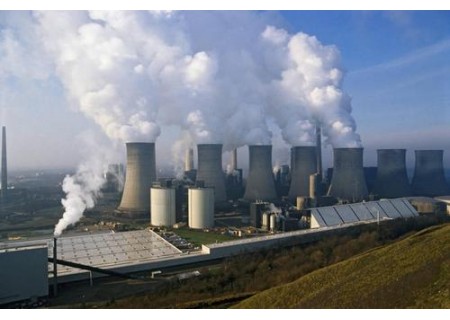Air quality monitoring construction site

With the continuous promotion of urban construction and the enhancement of people's awareness of environmental protection, Construction site Air quality monitoring plays an important role in construction projects. This paper will focus on the necessity, monitoring methods and optimization measures of Air quality monitoring construction site, aiming to improve the environmental quality of construction site and protect the health of workers and surrounding residents.
Necessity of air quality monitoring construction site
The construction site is a special environment where construction machinery, equipment, materials and other factors are concentrated, and its air quality is directly related to the health of workers and the improvement of the urban ecological environment. Therefore, the necessity of air quality monitoring construction site is undoubtedly not to be ignored.
1. There may be various harmful gases overflowing from the construction site. For example, volatile organic compounds (VOCs) in construction materials may release harmful gases such as benzene and formaldehyde, which are hazardous to human health; exhaust gases from welding operations contain carbon monoxide and other hazardous substances, and prolonged exposure can lead to poisoning. Through air quality monitoring, the release of these harmful gases can be detected and controlled in time to reduce the harm to the human body.
2. Dust problems at construction sites also need attention. Construction often generates a large amount of dust, which, if left unchecked, can damage the respiratory system of workers and may have a negative impact on the surrounding environment. Through Air quality monitoring construction site, the concentration of dust can be monitored and controlled to ensure that the air quality at the construction site meets the standard.
Methods of air quality monitoring construction site
Air quality monitoring construction site includes two methods, fixed-point monitoring and mobile monitoring, which are applicable to different monitoring requirements.
Sentinel monitoring refers to setting up gas monitoring locations at the construction site to collect real-time gas concentration data from various pollution sources. Through this method, the distribution of harmful gas concentration in different locations of the construction site can be monitored and the exceeding phenomenon can be found in time. Commonly used fixed-point monitoring instruments include Industrial Gas Detector and Industrial Dust Detector, in which the gas detector can be used to detect the concentration of various hazardous gases, and the dust monitor is used to monitor the concentration of dust on the construction site.
Mobile monitoring refers to the monitoring of ambient air quality at the construction site while adjusting the monitoring position accordingly with the changes in the working area. Mobile monitoring can provide a comprehensive understanding of the changes in air quality throughout the construction site, and target corresponding pollution prevention and control measures. Commonly used mobile monitoring instruments include mobile gas detector and portable gas detector, which are portable, accurate, real-time monitoring characteristics, applicable to different work areas of the monitoring needs.
Optimization measures for construction site air quality monitoring
In order to improve the air quality of the construction site and protect the health of workers and surrounding residents, the following optimization measures can be taken:
1. Strengthen ventilation measures. Ensure the circulation of fresh air in the construction site by reasonably setting up ventilation equipment. For the construction area of closed space, the exhaust duct should be increased to discharge the dirty air in time and reduce the accumulation of harmful gases.
2. Control dust. Adopt wet work, cover and other measures to effectively reduce dust generation in construction. When necessary, you can set up air curtains, spraying and other devices for dust protection.
3. Strict selection of environmentally friendly materials. Choose construction materials with low VOC content to reduce the release of harmful gases. At the same time, reasonable control of the use of materials to reduce waste.
4. Do a good job of pollutant management. The construction site should be equipped with appropriate pollutant management facilities to effectively control the source of pollution. For example, set up filters and purifiers to purify the emission gas.
Air quality monitoring construction site is one of the important means to implement environmental protection policy, which is vital to protect the health of workers and neighboring residents. Through the reasonable use of monitoring methods and optimization measures, air pollution at construction sites can be effectively controlled to improve the quality of the construction environment and achieve the goal of sustainable development. We should fully realize the importance of this issue, increase monitoring efforts, and combine the monitoring results with environmental management and decision-making, and together contribute to the creation of a more environmentally friendly construction site.











